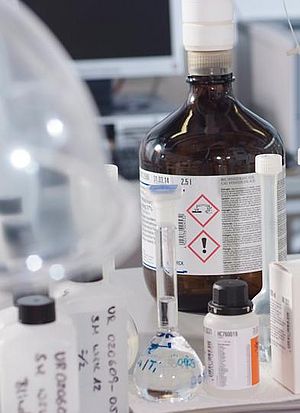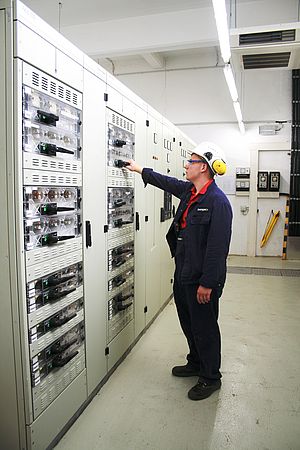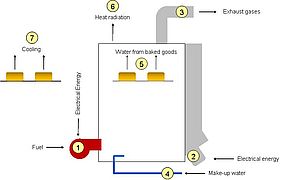If possible risks remain undetected, complex production processes, chemical consumables and the handling of hazardous substances may turn into problems. Hazard and Operability (HAZOP) studies systematically and actively improve safety.
Even though the safety level in Germany is relatively high, hardly a year goes by without reportable incidents. The reason is that risks and hazards go undetected particularly when plants run according to plan. Yet when combined with human error, even simple technical defects may have severe consequences.
Incidents and accidents are often triggered by unplanned events. Causes can be incorrect planning of plant modification and modernisation, or may lie in occupational health and safety. Cases in which safety strategies are not appropriately aligned to the situation, frequently become a matter for the fire brigade, rescue services, emergency response teams and hazard incident specialists. A suitable instrument may help anticipate safety-related events before they turn into problems.
Companies increasingly apply the Hazard and Operability (HAZOP) study to identify safety problems and hazards. The method provides owners and operators with a targeted approach to uncovering operational and process-related risks and developing possible strategies and counter measures. The HAZOP study is a facilitated technical discussion in which internal and external specialists analyse and forecast potential weaknesses in workflows and production processes.
The study leader, should be an independent, experienced and technically adept facilitator, outlining possible scenarios that represent deviations from the expected target condition. The team successively looks at individual plants or systems. What happens in the case of critical changes of parameters such as temperature, pressure, flow rate or the mixing ratio of chemical feed stocks, or if health and safety measures are ignored? Analysis of the processes considers technological and organisational risks, but also human error and external influences such as extreme weather conditions, transport accidents or sabotage, and even faults in automation and control systems.
In the next step, the experts take a close look at the chains of events and determine possible damage and effects. An independent recorder documents the arguments, comments and results. They supply the basis for developing adequate technological or organisational solutions and safety mechanisms.
The systematic approach facilitates the prioritisation of measures and impartial assessment of risks. This is also helpful for the conceptual design and planning of plant modification and modernisation as it presents service providers, suppliers and installation companies with reliable documentation of the hazards existing on site and their assessment, e.g. flying sparks during welding or accidental mixing of hazardous substances. The documentation not only provides a detailed overview of plant safety, but may also positively affect approval procedures and insurance terms.
The technical know-how of the participants in the study as well as the selection of an experienced study leader is of critical importance for the efficiency and effectiveness of the HAZOP procedure. Practice has shown the optimum team size to be between six and ten experts. The study leader's ability to systematise and structure the meetings is as important as outlining meaningful scenarios and guiding the participants to solutions. Further systematic methods such as failure mode and effect analysis (FMEA), event tree analysis (ETA) or fault tree analysis (FTA) round off the approach.
The well-structured but open process of the HAZOP study is a suitable risk-prevention tool as it enables the study leaders and experts of TÜV SÜD Chemie Service who work together with internal specialists to reliably identify the process-related weaknesses of the respective company. The HAZOP study should be repeated at regular intervals to ensure an up-to-date safety concept is in place. The benefits involve an increased safety level, higher availability and reliable information for investments.





















